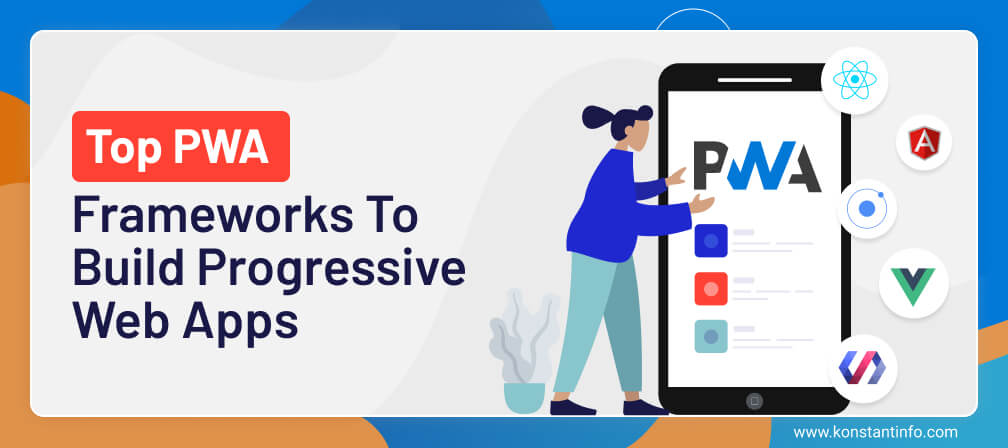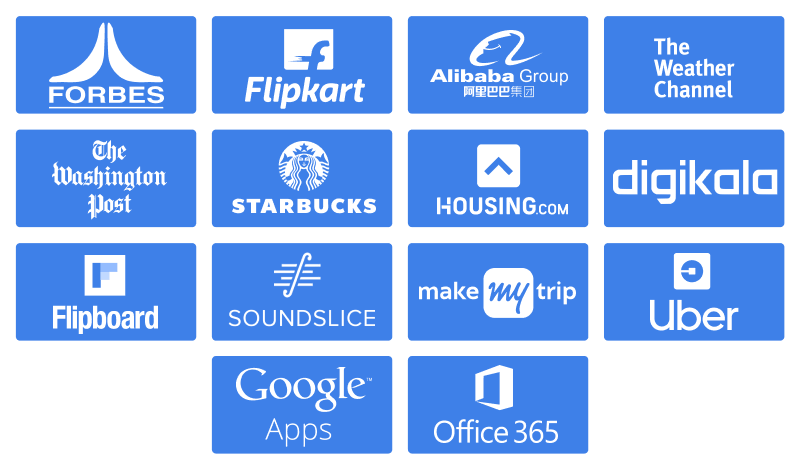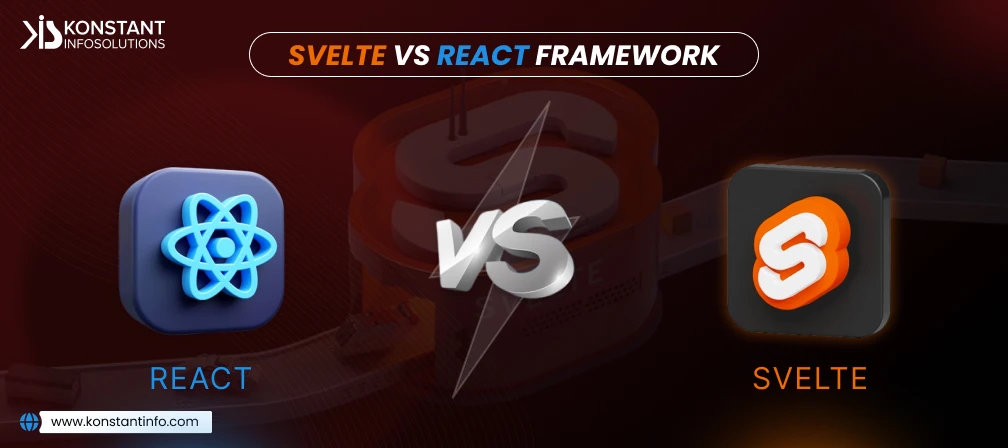
Table of Contents
Progressive Web Apps make use of API’s to enhance the traditional progressive enhancement strategy, creating a similar experience like native apps. PWA’s often look like websites and behave in the same way. These enable the users to access all information and capabilities without downloading any mobile app. But they still deliver app-like experiences to the users, right into their browsers. Progressive Web Apps are being used by many leading businesses including Starbucks, the Financial Times, Pinterest, Twitter, Forbes, The Washington Post, Trivago, Lancôme and Jumia etc., uplifting the user-engagement. This can be increased to as much 12x of the original number of users (estimated). PWA’s are one of the best antidotes to speed lag, the turnaround time of the web applications. These can work offline in absence of an internet connection, leveraging data cached during the most recent interactions with the app.
iOS 11.3 comes with support for progressive web apps (PWA). These appear full-screen, are offline-capable and on an iPad. These also appear in the iPad dock like any other native app from the App Store.
PWA’s provide a progressive experience that is significantly higher than provided by responsive websites. These pre-load and store the website content on the shopper’s device as they browse. The choice to create a mobile app or a website for a business depends upon various factors including cost, usability, features required, and the audience they serve. It is presumed and even evident that most of the mobile applications (Android or iOS) present on the App Store or Play Store are not used frequently, or either installed once but rarely used.
Progressive web apps can be installed on the system. These are capable of working offline in the absence of an active internet connection, leveraging the data cached during the recent interactions with the app. These apps can run in a web browser (Chrome) rather, do not require any downloading, installation, and also do not have their icon as such.
Progressive web apps are powerful, effective, fast and just like native apps. They feature all mobile app properties with web implementation and can potentially remove the need for many “vanity” native apps that currently exist. Examples of few prevalent frameworks are: React PWA Library, Angular PWA Framework, Vue PWA Framework, Ionic PWA Framework, Svelte PWA Framework, PWA Builder and Webpack Module Bundler.
Yes, PWA’s are cost and time efficient as they are developed once and can be used on different platforms (Web, iOS, Android). Native applications have to be developed separately for iOS and Android platforms, but the Progressive Web App is a website and as such is optimized for search engines.
Progressive Web Applications can be in form of file scanning programs, email programs, video and photo editing programs, spreadsheets, online input forms, word processors, shopping carts and likewise.
Some of the well-known companies use progressive web apps (PWA) like:

Gmail: Gmail is one of the most popular examples of PWA that is now offline-capable. It works like other native mail apps but is capable of running on the Chrome browser.
Google Drive: Google Drive recently added support for being a progressive web app. It can be installed on computers and other devices.
Chrome Browser: Progressive web apps can now also be installed on Windows, Android, iOS, Chrome OS and macOS. Chrome comes with functionality to prompt Windows users to install progressive web apps (PWA’s) to their desktops.
Google Lighthouse is an open-source tool to create progressive web apps. It has metrics to guide developers to create the native mobile app like experience into the progressive web applications. It helps to test the app to work across offline or flaky network conditions.
Yes, PWA’s do utilize all the powers of HTTPS as it is a prerequisite for all the websites/web apps, preventing intruders to tamper with or passively listen in to all the communications between your site and your users. A webpage cannot qualify as being a PWA if it does not run on HTTPS. Additionally, many-core progressive web app technologies such as service workers require HTTPS.
Progressive web apps are on a higher pedestal than normal web apps. They are capable of working across browsers as the app should be built using progressive enhancement patterns. Moreover, PWA’s are by the Google’s Patterns by being safer (HTTPS protocol), progressive (work across multiple browsers), responsible (be-fitted to any screen size), internet-free (can work online and offline), app-like (possess native app-like features/app shell model), always up to date (it gets updated by itself in the background), detectable (works as an application more than a website), re-engage able (comes with push notifications), installable (users can create a shortcut to the PWA on their desktops, so that every time they wish to visit the site, they can simply click on it), shareable (URL can be shared and anyone can simply click and see, without the need to install it on their devices).
Progressive Web Apps are built using common web technologies including CSS, HTML, and JavaScript and intended to work on any platform that makes use of browser (standard-compliant) including both desktop and mobile devices. Let’s have a sneak-peak into the PWA framework to build progressive web apps in 2020 (in no particular order; each has their own strengths and weaknesses):
With the increased awareness and utility, progressive apps are becoming popular by the day, birthing many PWA Frameworks. Selecting one of these for our next progressive web app development depends upon the expected features we wish to be in the app, the scalability or scope, the presence of media or interactive elements, the size, complexity of the application, back and forth functions, any content that is network dependent, access to the address bar, the standard web navigation – all these have to be structured to make your PWA as subtle as your website/web app, generating some value for your customers and to your business. Know more about how we’ve worked around with PWA solutions in our labs.



Neeti Kotia is a technology journalist who seeks to analyze the advancements and developments in technology that affect our everyday lives. Her articles primarily focus upon the business, social, cultural, and entertainment side of the technology sector.
Or send us an email at: [email protected]